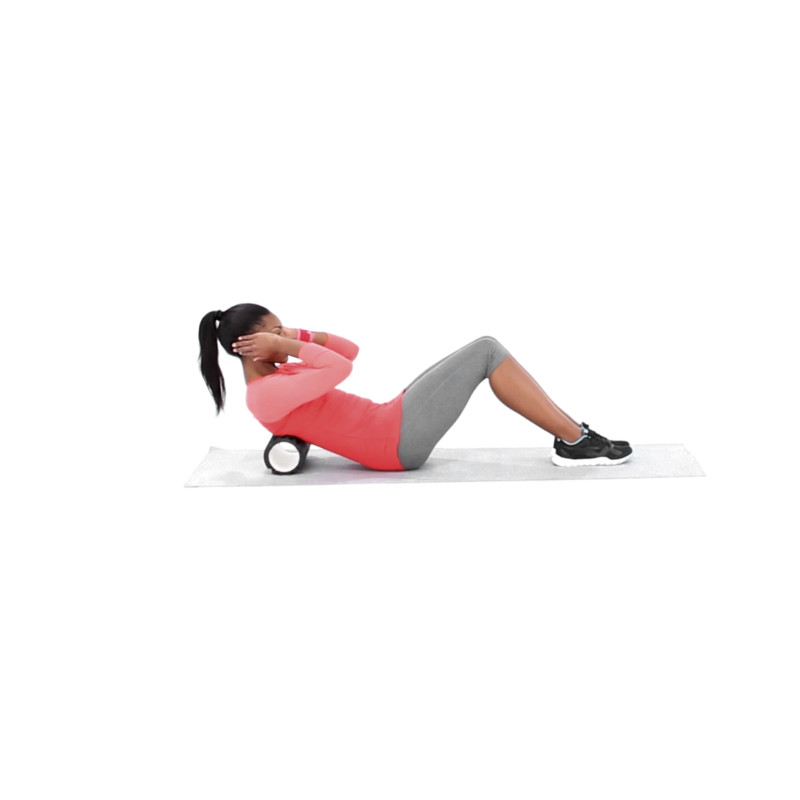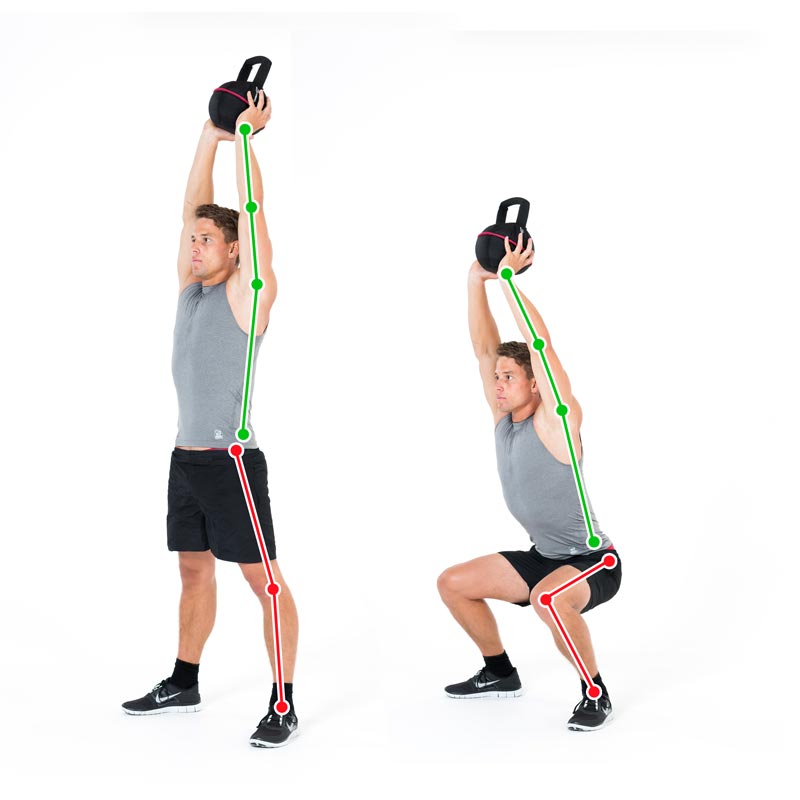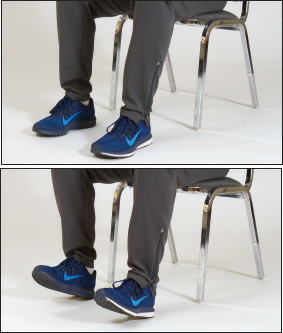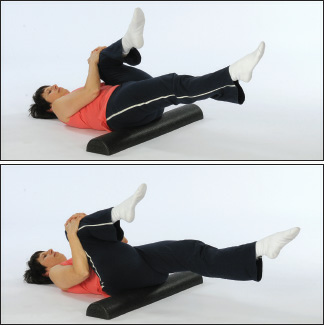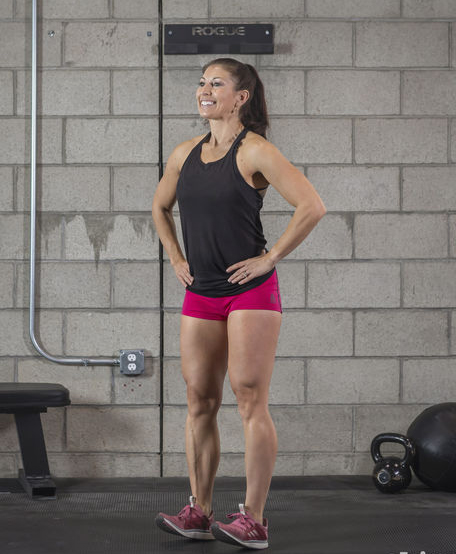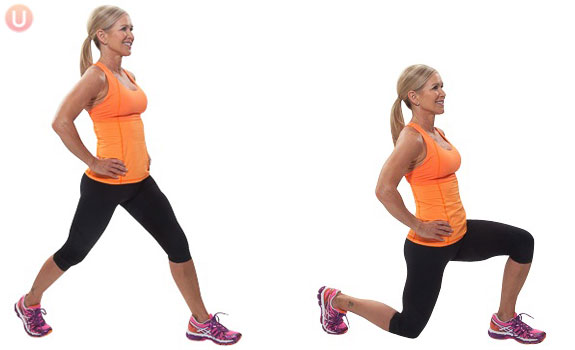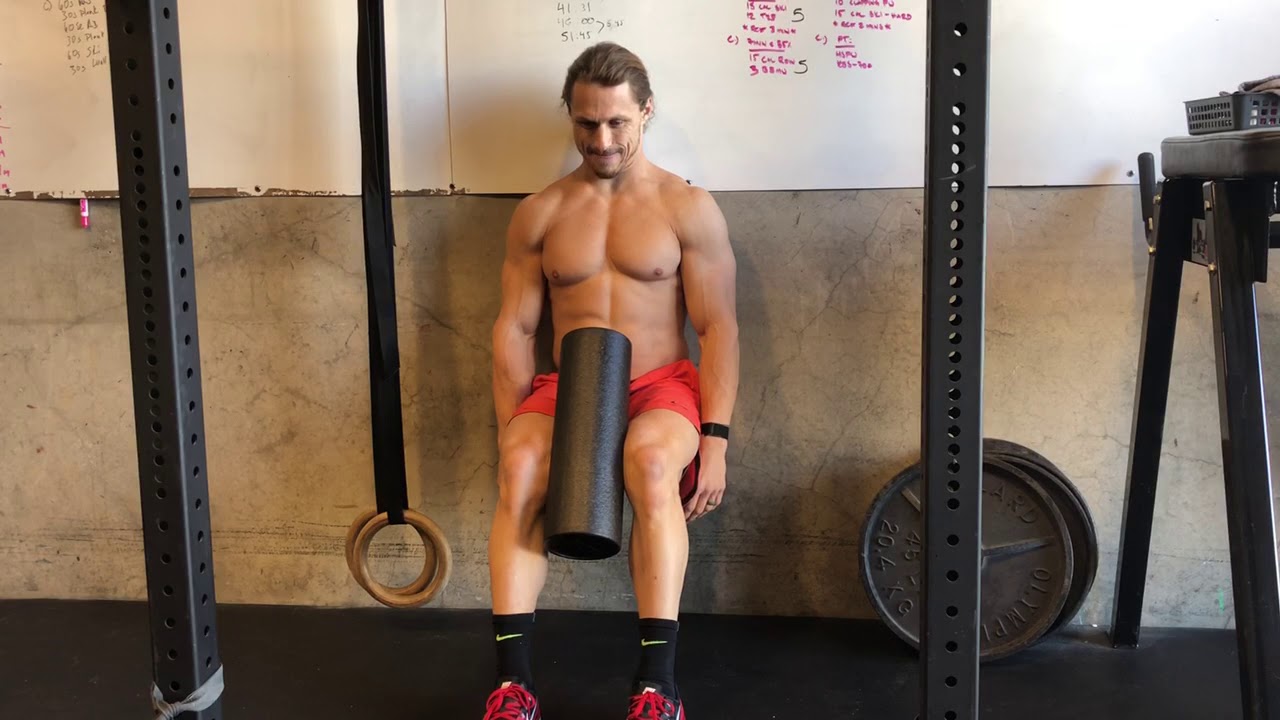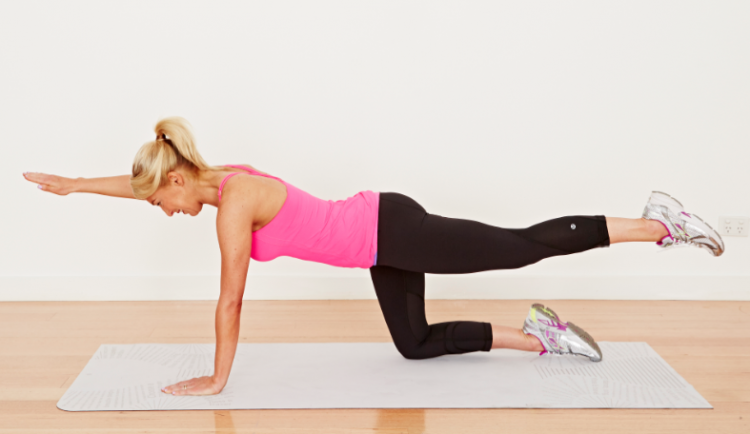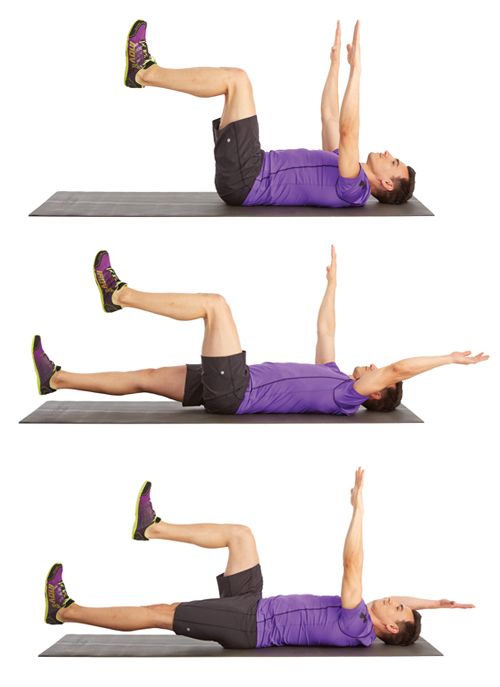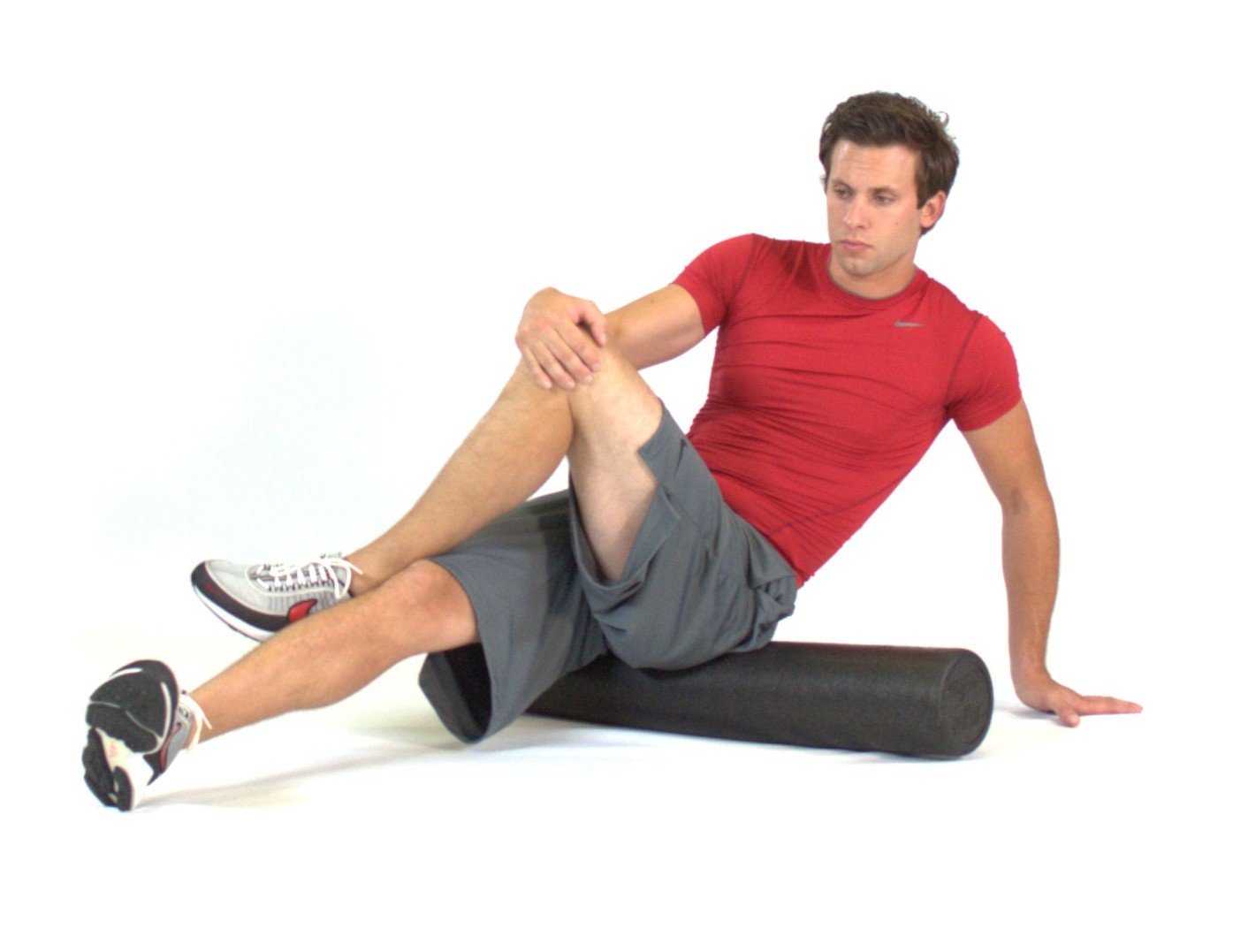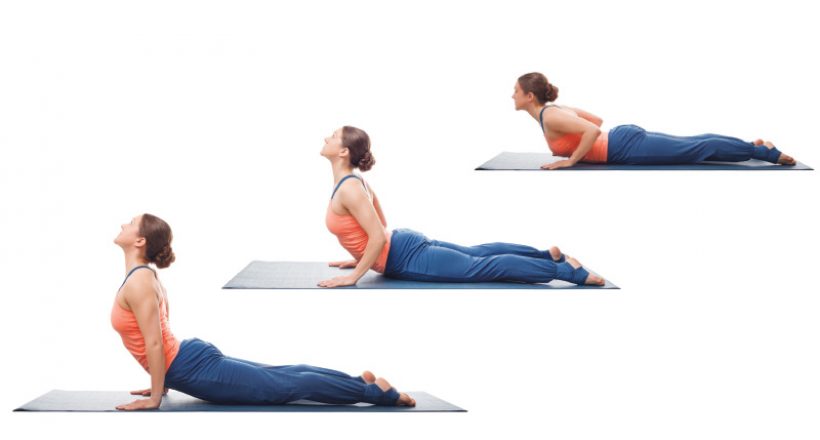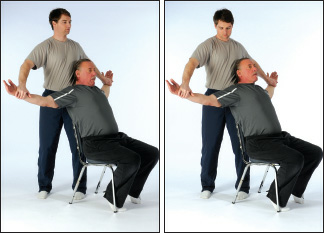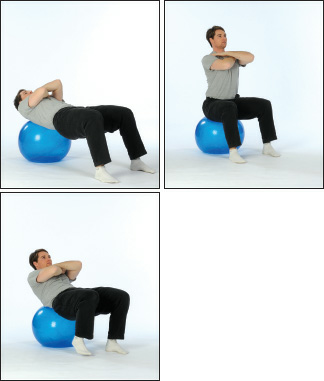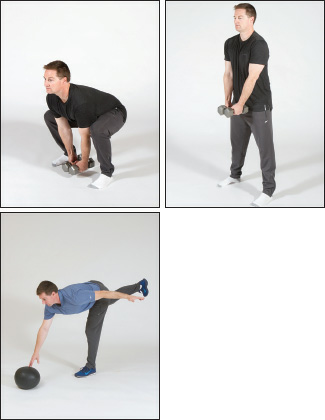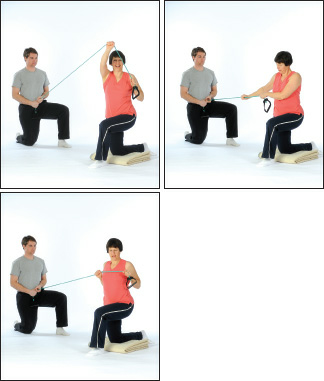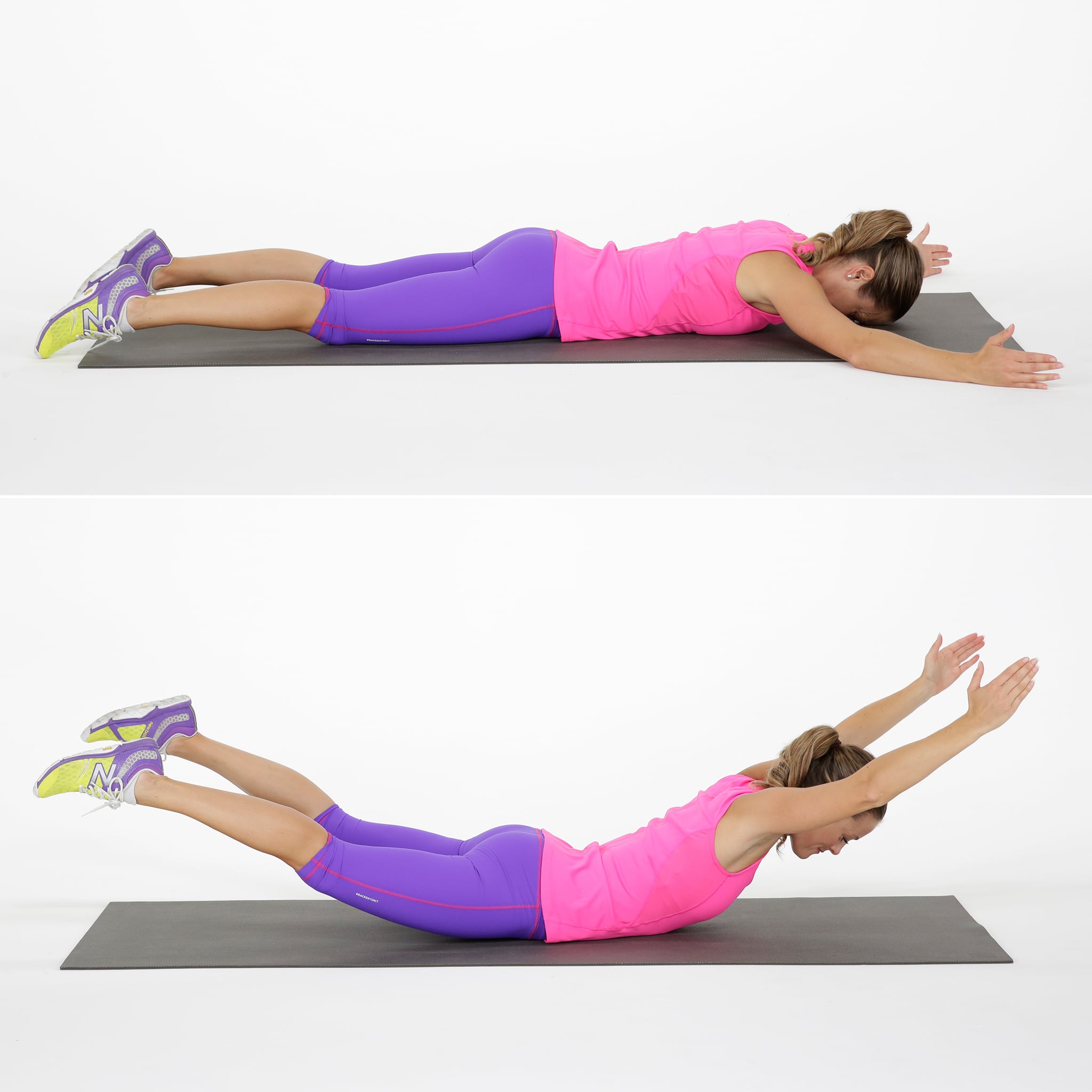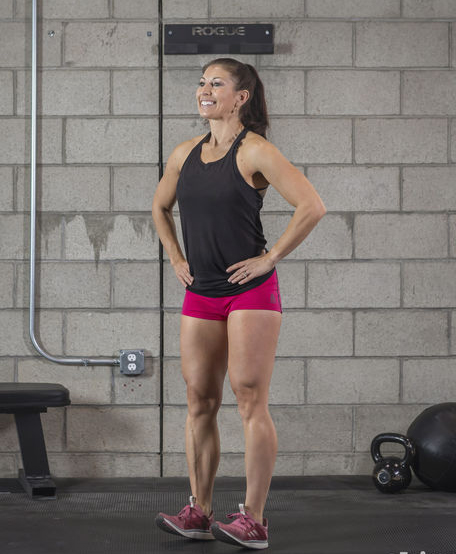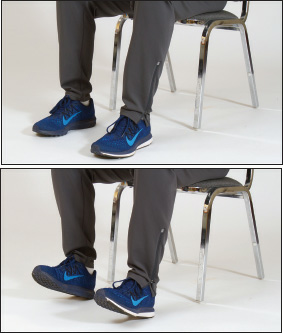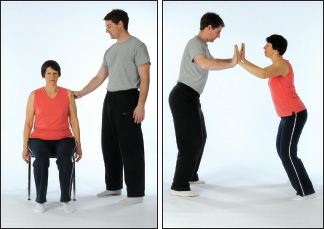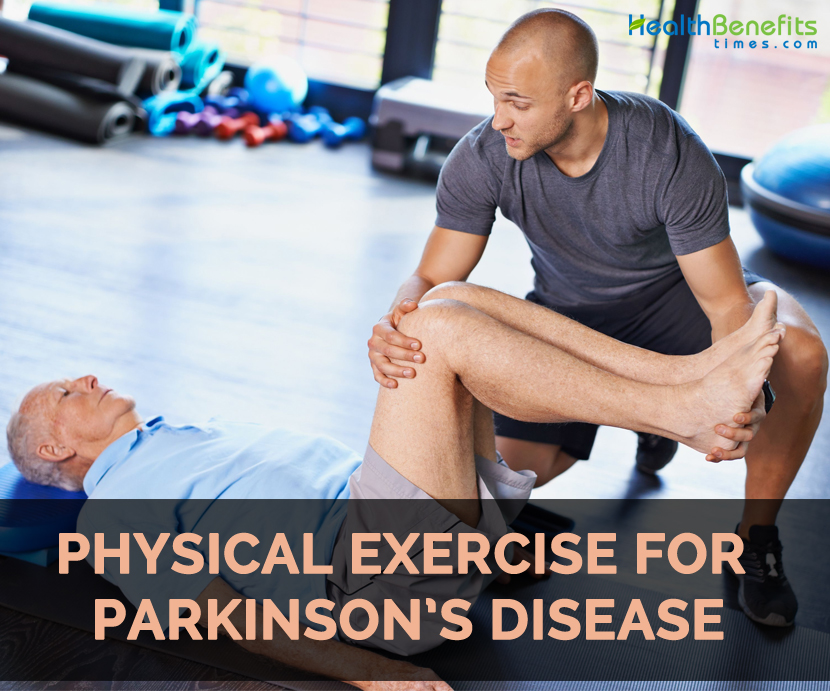 Exercise is essential to maintaining overall health and wellness in all stages of life. Starting a regular exercise program can help prevent, delay, or manage a variety of health problems. The numerous benefits of exercise are well-documented: regular physical activity can boost your mood, strengthen your muscles and bones, and help improve brain function and memory.
Exercise is essential to maintaining overall health and wellness in all stages of life. Starting a regular exercise program can help prevent, delay, or manage a variety of health problems. The numerous benefits of exercise are well-documented: regular physical activity can boost your mood, strengthen your muscles and bones, and help improve brain function and memory.
For these reasons, it is especially important for someone with a chronic illness like Parkinson’s disease to regularly engage in exercise and physical activity. While someone who struggles with symptoms of Parkinson’s like fatigue and depression may not feel naturally inclined to engage in vigorous exercise, it is to your benefit to work with your doctor or physical therapist to find a workout program that is suited to your individual needs and goals. Even though exercise cannot cure Parkinson’s, research has shown that exercise may be an effective strategy to delay the mobility decline that people living with the disease tend to experience.
How does exercise benefit people living with Parkinson’s Disease?
Starting an exercise routine can be both an effective and economical way to help combat some of the symptoms and side effects associated with Parkinson’s disease. All people with Parkinson’s, regardless of how far their illness has progressed, should consider beginning a workout routine.
Exercise can help improve balance, mobility, and strength, so that people with Parkinson’s are better equipped to complete daily activities independently and have a higher quality of life. Additionally, the mental and emotional benefits of exercise can help boost mood and brain function.
Other ways exercise benefits people with Parkinson’s include:
- Improvement of issues caused by the motor symptoms of PD
- Neuro-protective benefits; evidence suggests exercise may stimulate the production of nerve growth factors
- Stimulates the generation of stem cells in the brain and improves cognition
- Improves quality of sleep
- Increases endurance
- Increases awareness of proper body alignment and mechanics
- Improves breath support and control
- Builds healthy, strong bones
- Increases strength, especially in core stabilizing muscles like the abdominals and back
- Reduces fatigue and increases energy levels
- Affords a greater sense of well-being and improves self-esteem
- Improves ability to perform tasks
- Controls weight and burns calories
The earlier a Parkinson’s patient can start a regular exercise program, the better. People often wait until they have mobility problems to begin exercising, but the sooner a person begins an exercise program designed to delay the onset of anticipated mobility problems, the more effective the program will be.
New research even suggests that people who have been diagnosed with Parkinson’s can delay the onset of mobility impairment by adhering to an exercise program. Physical exercise improves disease symptoms, mobility, balance, gait, and overall quality of life, and a wide range of exercises, including tai-chi, boxing, dance, Pilates, kayaking, and agility training, can all have beneficial effects for people living with Parkinson’s.
Medications manage the symptoms of Parkinson’s but don’t help the body produce dopamine on its own. Exercise is the best way to improve the quality of life and speech.
WHAT TYPES OF EXERCISES BEST HELP PARKINSON’S SYMPTOMS?
The exercises have been carefully selected to improve mobility, increase flexibility, and strengthen muscles. Studies looking at aerobic exercise for potential neuroprotection have shown positive benefits as well for posture and rigidity.
These exercises target a range of Parkinson’s symptoms, including (but not limited to): slowness of movement, tremors, stiffness, and postural instability.
Keep in mind that as you begin a new exercise program, it is important to start slowly and pace yourself. As you get more comfortable over time, you can begin to increase the intensity of your workouts. Always pay attention to how your body is responding to your exercise routine and only increase frequency and intensity when your body is ready for it. Pay attention to your symptoms, take breaks if you need to, but do not give up. You have so much to gain from your exercise program, including increased energy, improved balance and mobility, and a better quality of life.
The following are some simple exercises to get you started:
To Improve Mobility
Quad Roller
Start by positioning the foam roller on the front of the thighs. Keep your core braced. Flex and extend one knee at a time, moving to the next point on the thigh.
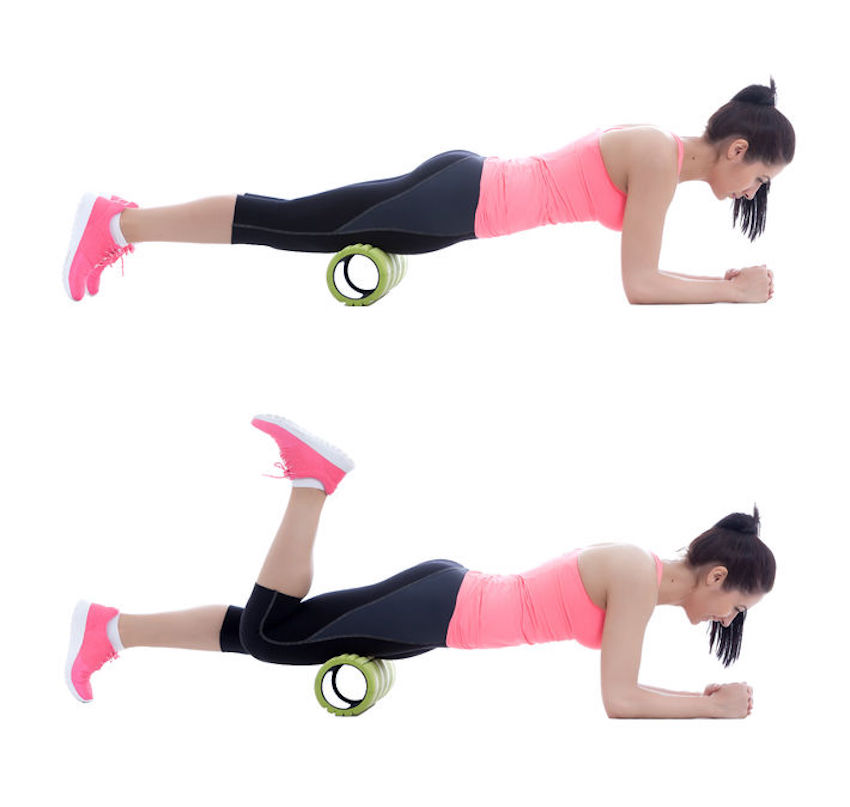
Thoracic Flex
You can use a full roller, half roller, or thick, rolled up towel. Position the roller immediately below your shoulder blades. Your elbows should be pointed to the sides. Feel the foam roller pressing against your middle spine. Keep your ribs heavy into the ground so the core muscles are active and working through the entire motion. Your front abs will be working the entire time but the latter muscles, namely the obliques, are the actual movers.
Overhead Squat
Position yourself with your feet hip-width apart. Point your toes at the 11 and 1 o’clock positions respectively, as this will allow your hips, knees, and ankles to move together properly during the squatting movement. Place a dowel (or broomstick) on the crown of your head so your elbows are at a 90-degree angle, then press the stick above your head. Place a half roller under your heels if you feel your body pitching forward. Drop your hips as low as possible.
To Increase Balance
Foot Taps
Begin in a sitting position towards the end of a chair. Tap your toes up and down together as quickly as possible, keeping your heels on the floor.
Scissor Stretch
Lay on your back with your knees bent and feet close to your hips. Press your feet into the floor, then elevate your hips. Slide a foam roller (or very thick towel) beneath your tailbone/sacrum. Keeping your ribs heavy, pull one knee to your chest and hold. Extend the leg next, keeping ribs heavy, engaging the core. The sacrum is the flattish bone that positions itself directly below the lower back. Place the palm of your hand on the sacrum; it should fit nicely. The roller sits between the lower back and sacrum.
Heel to Toe Rocks
Partner rocks back and forth from the toes to heels as you provide support if needed.
Stationary Lunge/Split Squat
Assume a half-kneeling position with your right knee down and left knee up. Keeping your chest up and your shoulder blades pulled down and back (as though you were trying to put your shoulder blades into your back pocket), initiate the exercise by driving your left heel into the ground to push your hips up until your left leg is fully extended. Finish the movement by bending your left knee to lower yourself into a squatting position, until your right knee lightly taps the floor. You may hold onto an anchor point for balance, if needed.
To Improve Stability
Wall Sit with Foam Roller
With your feet and knees hip-width apart, squeeze the foam roller between the knees. Keep your hips and shoulders against a wall. Hold the position.
All 4s
Starting on all fours, extend your opposite arm and leg, stabilizing with the hand and knee on the ground. Hold this extended position, then return to neutral.
Deadbug
Starting on your back, begin with arms straight in front and knees bent over at the hips. Extend one arm, adding the opposite leg if you can keep your back from arching. Repeat sequence on other side.
To Improve Flexibility
Scissor Stretch
Lay on your back with your knees bent and feet close to your hips. Press your feet into the floor, then elevate your hips. Slide a foam roller (or very thick towel) beneath your tailbone/sacrum. Keeping your ribs heavy, pull one knee to your chest and hold. Extend the leg next, keeping ribs heavy, engaging the core. The sacrum is the flattish bone that positions itself directly below the lower back. Place the palm of your hand on the sacrum; it should fit nicely. The roller sits between the lower back and sacrum.
Hip Roller
Start by sitting on the foam roller on the side of the hip you plan on rolling. Cross the same side’s ankle over the opposite side’s knee, until you feel the pressure in your hip.
Cobra Pose
Starting on your stomach, breathe out and gently press upwards.
Double Arm Chest Stretch
Stand behind your partner with your hands gently placed upon his or her upper arms. Keep your body positioned along your partner’s spine to stabilize and assist in creating a greater stretch through the front of your partner’s body.
To Improve Strength
Physioball Walk-Up
Position your hips on top of the physioball. Brace your core. Walk up the ball using your full foot. Keeping the feet wider adds stability if you feel off balance during the up or down phases.
Deadlift
With your feet hip to shoulder-width apart and arms extended downward grabbing the barbell or dumbbell, press your feet into the floor, brace your stomach, and begin the upward ascent. Breathe out on the exertion or upward movement, pausing at the top. Begin the downward movement with the hips first, showing the chest forward.
Modifications for this exercise can be done by starting the bar from a higher position on boxes or benches. The single leg version involves one foot staying on the ground, with the opposite foot raising up behind the body until it is parallel with the floor.
Lifting Movements with Band OR Push-ups
You will be lifting across your body over a trailing knee on the ground. The front knee should be aligned with your hip. Pull the band into your body, then push it up and out with the trailing hand. Keep your spine neutral by concentrating on bracing your stomach and stabilizing the hips. Think about moving around a stable pillar in your spine.
Superman Stretching
Starting on your stomach, extend your upper body off the ground. Hold this position, then return to the starting position. If you can complete this while maintaining control, repeat the sequence by lifting the upper body and legs off the ground.
To Improve Reflexes
Heel to Toe Rocks
Partner rocks back and forth from the toes to heels as you provide support if needed.
Foot Taps
Begin in a sitting position towards the end of a chair. Tap your toes up and down together as quickly as possible, keeping your heels on the floor.
Partner Stability Pushes: Sitting and Standing
Your partner will start in a seated position. Instruct him or her to breathe during the entire exercise. Proceed to gently push at the shoulders, middle back, and front of the body. Once your partner feels comfortable with the seated position, try the standing position.
Single Arm Chest Press with Partner
Stand behind your partner with your hands gently placed upon his or her upper arms. Keep your body positioned along your partner’s spine to stabilize and assist in creating a greater stretch through the front of your partner’s body.


